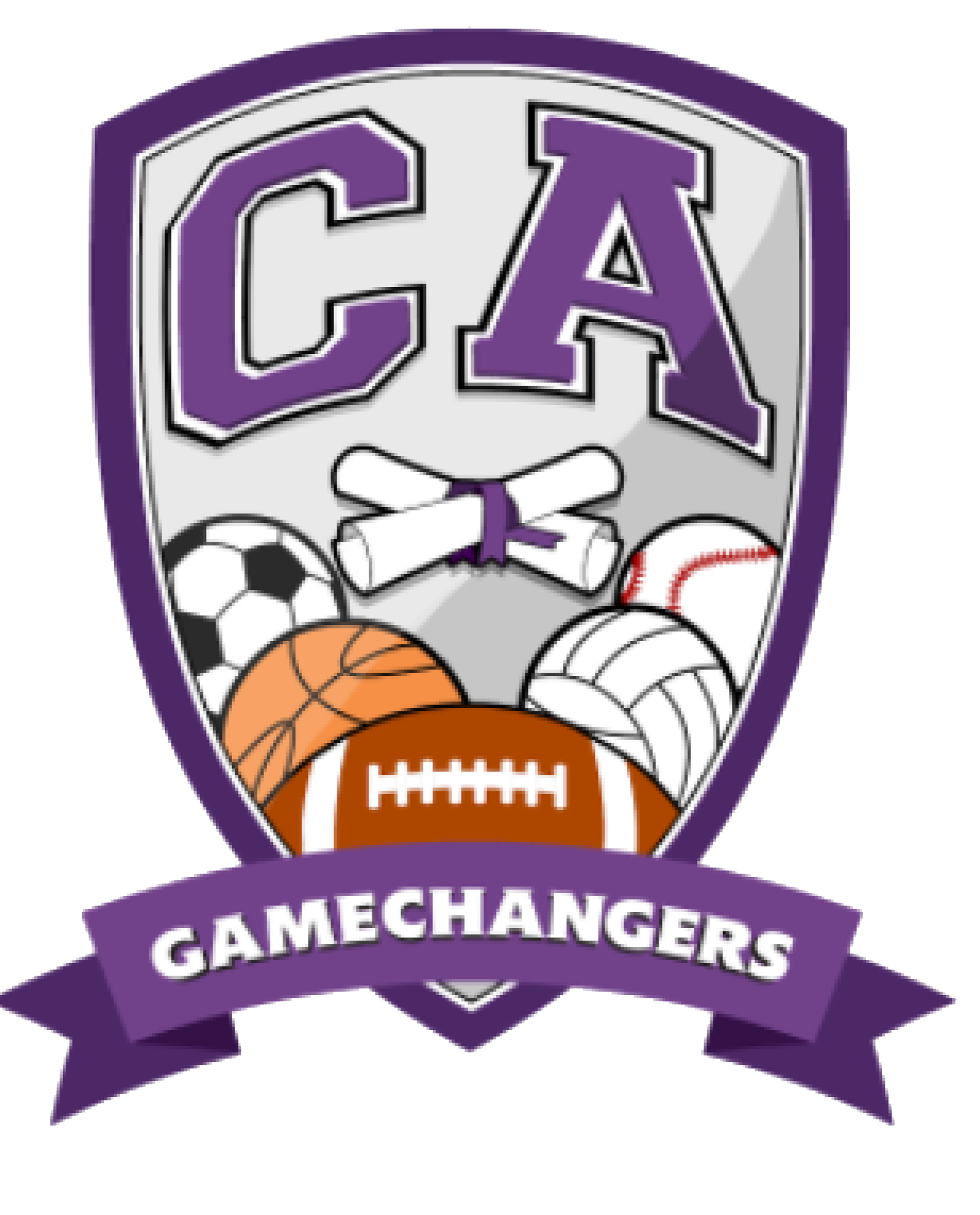Visions of New Era in College Sports Converge at N.C.A.A. Convention
By BEN STRAUSS
JANUARY 15, 2015
WASHINGTON — Early Thursday morning, hours before the N.C.A.A.’s president, Mark Emmert, took the stage at his association’s annual convention, a group of college sports’ most prominent critics strode through the halls of Congress, fresh from a briefing they held for Senate staff members. Among them were Ramogi Huma, president of the College Athletes Players Association; Kain Colter, the former Northwestern quarterback who headed the union movement there; and Ed O’Bannon, the former U.C.L.A. basketball star who sued the N.C.A.A. for using his image in video games — and won.
“We’re lobbying to protect players,” Huma said. “Things are changing, and we want to make sure they continue to change.”
When Emmert spoke Thursday night, less than 10 miles away at the Gaylord Convention Center in National Harbor, Md., he, too, had change on his mind. On Saturday, with the newly approved freedom to make some of their own rules, the five largest conferences are expected to pass legislation that will add a few thousand dollars to the value of a scholarship.
“We don’t have the luxury of determining the pace of change,” Emmert said, in a nod to his critics. “We can’t sit still.”
The college sports world has descended on the Washington area — this week and in recent months — and the location is fitting, given the sharp-elbowed politics and wonky policy debates dominating the landscape. Last month, members of the Drake Group, which advocates academic overhaul in college sports, met with Secretary of Education Arne Duncan to discuss a presidential commission to examine college sports. And the N.C.A.A. has ramped up spending on its lobbying efforts.
At the center of it all is how to treat the young football and basketball players driving what has become, thanks to an avalanche of television revenue, a multibillion-dollar industry, and, in turn, what do with the money. Whether they are calling for a union, more health benefits or protecting amateurism, all involved profess a belief that they are acting in the best interest of the athletes.
“We want a better student-athlete experience,” said Harris Pastides, the president of the University of South Carolina. “And we are finding ways to provide greater equity to our athletes.”
In addition to bolstering scholarships, the N.C.A.A.’s new governance structure will give players a voice in how the association runs. Several conferences have recently instituted new scholarship protections and promised more long-term health care.
The question is whether it will be enough, as competing visions for a new era of college sports take shape and Congress pays closer attention. The Drake Group released a proposal that called for a federally chartered entity to oversee college sports. At the meeting with Duncan, the group discussed a House bill calling for a commission that would take a hard look at the N.C.A.A.’s functions. To Allen Sack, a University of New Haven professor and a founding member of the Drake Group, the N.C.A.A. has abdicated its educational responsibilities.
“Every dime these schools make has to go into educating the athletes,” he said. “I’m not in support of the labor union industrialist model because we need to focus on the academic mission.”
Andrew Zimbalist, another Drake Group member and an economics professor at Smith College, suggested that in exchange for academic and health care improvements, an antitrust exemption from Congress could allow the N.C.A.A. to cap head coaches’ salaries at $500,000, for example, and help curb the athletic arms race around the country, while ensuring that the money better serves that academic mission.
Huma and his coalition envision a more free-market approach. On Capitol Hill on Thursday, he sought support for a union, arguing that no one in higher education truly has the players’ interests at heart.
“We need to stop funneling money away from the players who are generating it,” he said. He said that any sort of antitrust exemption that could potentially restrict athletes’ negotiating power was just another way to strip their rights.
Andy Schwarz, an economic consultant on the O’Bannon suit, said, “The billions of dollars are enough to fund health care and pay the athletes.”
Pastides voiced a familiar concern, what might happen to other athletes on these campuses.
“We don’t want to have collegiate superstars getting large incomes, living in luxury housing, driving a luxury car and having luxury jewelry,” he said. “We want to take the money coming in and share it and bring up the economic well-being of all these athletes.”
He pointed to last summer’s ruling in the O’Bannon case by the federal judge Claudia Wilken as an example of a compromise. Wilken ruled that the N.C.A.A. had violated antitrust laws by not allowing athletes to profit from their images. But she also suggested that universities create trust funds for athletes to be tapped after their athletic careers, and cap the payments at $5,000 a year.
“That verdict represented something that’s not that far apart,” Pastides said. “That process is where the autonomy model could lead to. There will always be conflating visions, but I think the N.C.A.A. deserves an opportunity to implement its good faith reform.”
He added, “We’ll watch what happens, and the proof will be in the pudding, I guess.”

